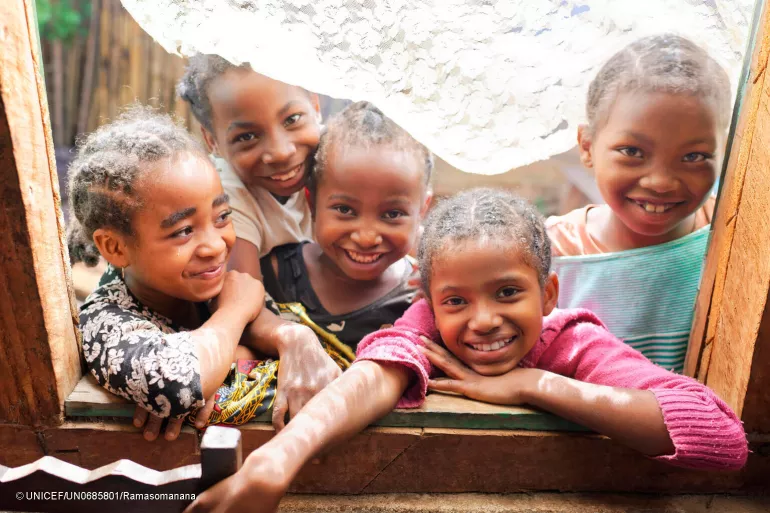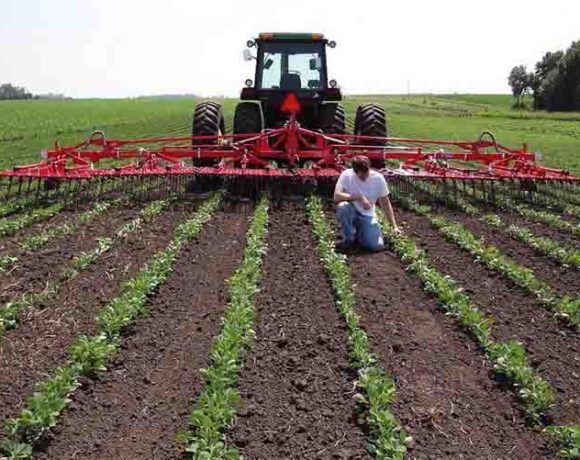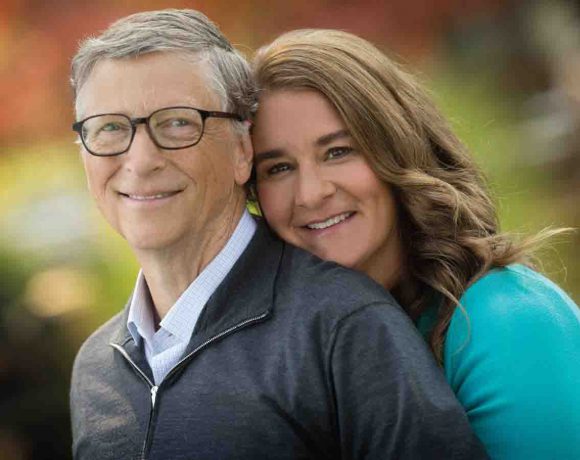

Fewer than one in ten children in low-income countries have access to child benefits, leaving them vulnerable to disease, missed education, poor nutrition, poverty and inequality
Globally, 1.4 billion children aged 0-15 lack any form of social protection, leaving them vulnerable to disease, poor nutrition and poverty, according to new data released today by the International Labour Organization (ILO), Save the Children and UNICEF.
In low-income countries, less than one in ten children in this age group have access to child benefits, highlighting a significant disparity compared to the coverage enjoyed by children in high-income countries.
Child benefits are a critical form of social protection, intended to promote the long-term wellbeing of children. Paid in cash or tax credits, child benefits are essential for reducing poverty, as well as accessing healthcare, nutrition, quality education and water and sanitation. Additionally, these benefits support socio-economic development, particularly in times of crisis.
In such contexts, many children are deprived of the basic resources and services they need to escape poverty, and are therefore exposed to the long-lasting impacts of hunger, malnutrition, and unrealised potential. The three organisations are calling on governments to ensure all children are shielded by social protection mechanisms, including through universal child benefits.
The data shows there has been a modest global increase in access to child benefits over a period of 14 years, from 20 per cent in 2009 to 28.1 per cent in 2023. However, the progress has been unequal. In low-income countries, rates of coverage remain staggeringly low, at around 9 per cent. At the same time, 84.6 per cent of children in high-income countries are covered.
Coverage rates for children in countries that are highly vulnerable to climate impacts are a third lower than those in countries that are not classified as being at high risk. Ensuring children are covered by social protection is key to protecting them from the worst impacts of the climate crisis.
“Globally, there are 333 million children living in extreme poverty, struggling to survive on less than US$2.15 per day, and nearly 1 billion children living in multidimensional poverty. At the current rate of progress, achieving the Sustainable Development Goals’ poverty targets are out of reach. This is unacceptable. However, ending child poverty is a policy choice. Expanding social protection coverage of children in the fight against poverty is critical, including the progressive realisation of universal child benefits,” said Natalia Winder Rossi, Director, Social Policy and Social Protection, UNICEF.
Regional breakdown of child benefits coverage between 2009-2023:
In East Asia and the Pacific, child benefits coverage has increased from 9.2 per cent in 2009 to 16.0 per cent in 2023
In Eastern and Southern Africa, coverage has increased from 9.6 per cent to 12.3 per cent
In West and Central Africa, coverage has increased from 3.1 per cent to 11.8 per cent In Eastern Europe and Central Asia, coverage has increased from 59.0 per cent to 61.4 per cent
In North America, coverage has increased from 78.1 per cent to 84.0 per cent
In Western Europe, coverage has increased from 91.0 per cent to 93.2 per cent
More marked improvements have occurred for the same period in:
Latin America and the Caribbean, where coverage rates have increased from 30.8 per cent to 41.9 per cent
In the Middle East and North Africa from 22.7 per cent to 32.5 per cent
In South Asia, from 9.2 per cent to 24.3 per cent
“This is a crisis for the over one billion children who are not covered by benefits, and for the countries in which they live. There is an urgent need for effective policymaking to help us close protection gaps. Regional inequalities in coverage and progress are of serious concern – improvement in child benefit coverage is marginal in most regions and too many children are still being left behind.” said Shahra Razavi, Director of the Social Protection Department at the ILO.’’
To bolster efforts to monitor and reduce the gaps in child benefit coverage, Save the Children, ILO and UNICEF have developed the Global Child Benefits Tracker, an online platform to monitor children’s access to benefits, and advocate with governments and donors to close the gaps. This launch comes at a critical time when most recent data shows that 829 million children globally are living in households with per-person incomes below US$3.65 a day and progress on child poverty reduction has largely stalled.
“Child benefits support families to afford better nourishment, health, education, and protection and are key for realising children’s rights and enhancing their potential as adults. Child benefits are therefore critical to building inclusive and resilient economies for the future. Unfortunately, many countries have not prioritised investment in social protection. Through the Child Benefits Tracker, we highlight the scale of global child poverty and examples of progress to inspire greater political will and investment in child-sensitive social protection systems,” said David Lambert Tumwesigye, Global Policy & Advocacy Lead for Child Poverty at Save the Children International.
The three agencies urge policymakers and donors to take decisive steps to attain universal social protection for all children, by:
Building social protection systems that are rights-based, gender-responsive, inclusive, and shock-responsive to address inequities and deliver better results for girls and women, children with disabilities, migrant children, and children in child labour for example.
Closing protection gaps require filling the ‘financing gap’. This means investing in child benefits for all children offers a proven and cost-effective way to combat child poverty and ensure children thrive.
Providing a comprehensive range of child benefits through national social protection systems that also connect families to crucial health and social services, such as free or affordable high-quality childcare.
Securing sustainable financing for social protection systems by mobilising domestic resources and increasing public investment in children.
Strengthening social protection for parents and caregivers by guaranteeing access to decent work and adequate benefits, including unemployment, sickness, maternity, disability, and pensions.


















